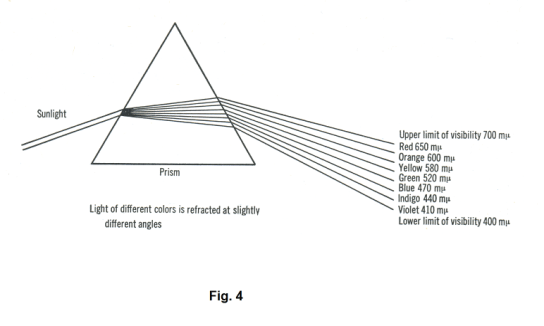
#MONOCHROMIST MEANING SERIES#
The series is comprised of muted black oil paintings on canvas, all expressing very subtle shifts in tone and shade which lends a contradictory complexity to its simplicity. A pioneering and concluding series at once, he proclaimed them “the last paintings one can make” as he believed the works to be the final evolution of Modernism. Inspired by Kazimir Malevich’s Black Square, Reinhardt produced his Black Paintings series from 1954-1967. Best known for shaping the face of the minimalist and monochrome painting movements, Reinhardt was a member of American Abstract Artists and was active in the abstract expressionism movement taking place at the Betty Parsons Gallery. Ad ReinhardtĪdolph Frederick Reinhardt, most commonly known as Ad Reinhardt (1913-1967) was an abstract painter active in the New York arts scene from the 1930s to 1960s. A series created to explore the deceptiveness of colour, and the importance of visual perception, Albers’ book Interaction of Color, published in 1963, can be seen as the culmination of this seminal exploration. Never painted, his pieces were applied from a palette knife directly onto the panel, and the technical details for the creation of these pieces was meticulously recorded onto the backs of each. And one can be sure that all these reds will be very different.” Josef Albers, Interaction of Color (1963)Įxceptionally simple in concept, but extraordinarily effective, Albers’ Homage to the Square series is comprised of four superimposed oil-applied squares on a Masonite panel. “If one says ‘red’ (the name of a color) and there are 50 people listening, it can be expected that there will be 50 reds in their minds. In 1949, Albers left Black Mountain College to serve as the Head of the Design Department at Yale University, at the same time, he began his 25 year exploration of his series Homage to the Square. During his time at Black Mountain College, Albers began to teach, create, and experiment with colour theory. In America he became the head of Black Mountain College, a new art and design school in North Carolina that had absorbed the Bauhaus ideology and many instructors.

When the school was closed by the Nazis in 1933, Albers and his fellow Bauhaus-artist wife Annie Albers moved to America. After studying art at the famous Bauhaus school of art, design, and architecture he became a professor there. German-American artist Josef Albers (1888-1976) is thought of as one of the foremost leaders in monochrome and colour theory.

The painting was radical for its day, and though the choice of white could be seen as impersonal or cold the traces of the artist that can be seen within the texture of the paint, and his belief that the colour was associated with a realm of higher feeling lends a warmth and expansiveness to the work. A white square laid atop a background of white, seemingly floating with no tether to our physical reality, Malevich’s White on White sought to create the feeling of transcendence he associated with airplanes and aerial photography. Building upon his fascination with airplanes, Kazimir Malevich introduced his famed geometric abstraction Suprematist Composition: White on White at the 1915 show 0.10: The Last Futurist Exhibition, held in Petrograd.

Fascinated with speed and its corresponding technology like airplanes and cars, Kiev-born artist Kazimir Malevich (1878-1935) joined composer Mikhail Matyushin, and writer Alexei Kruchenykh in 1913 to create a manifesto for the First Futurist Congress.


 0 kommentar(er)
0 kommentar(er)
